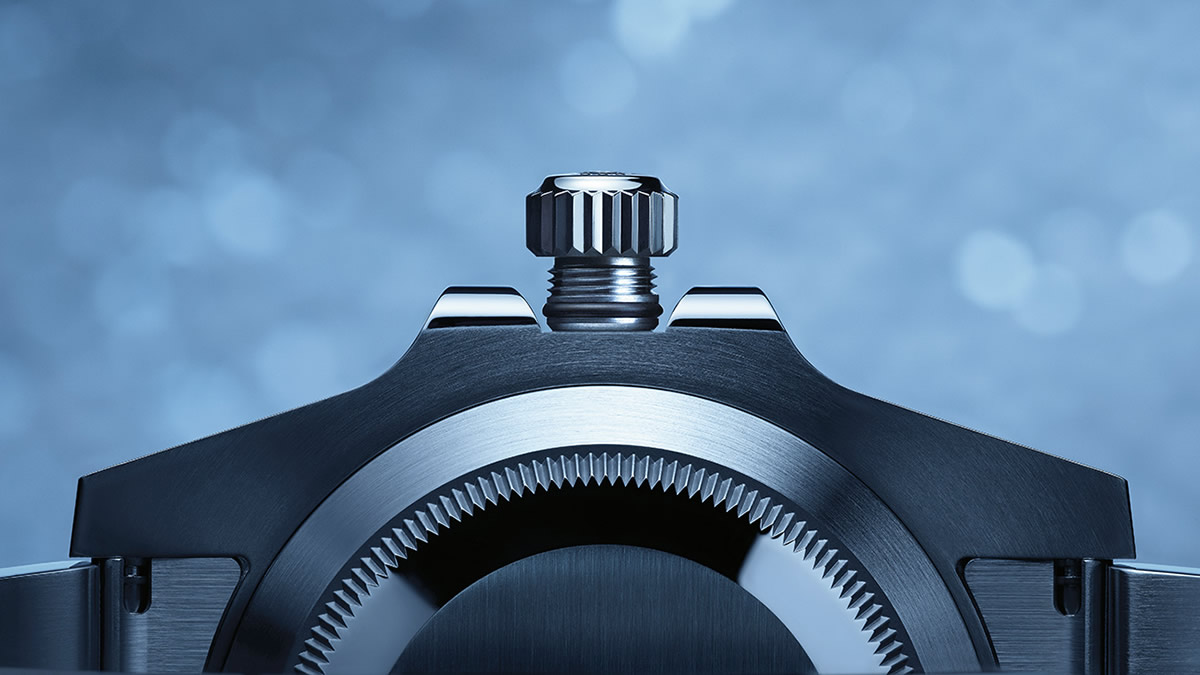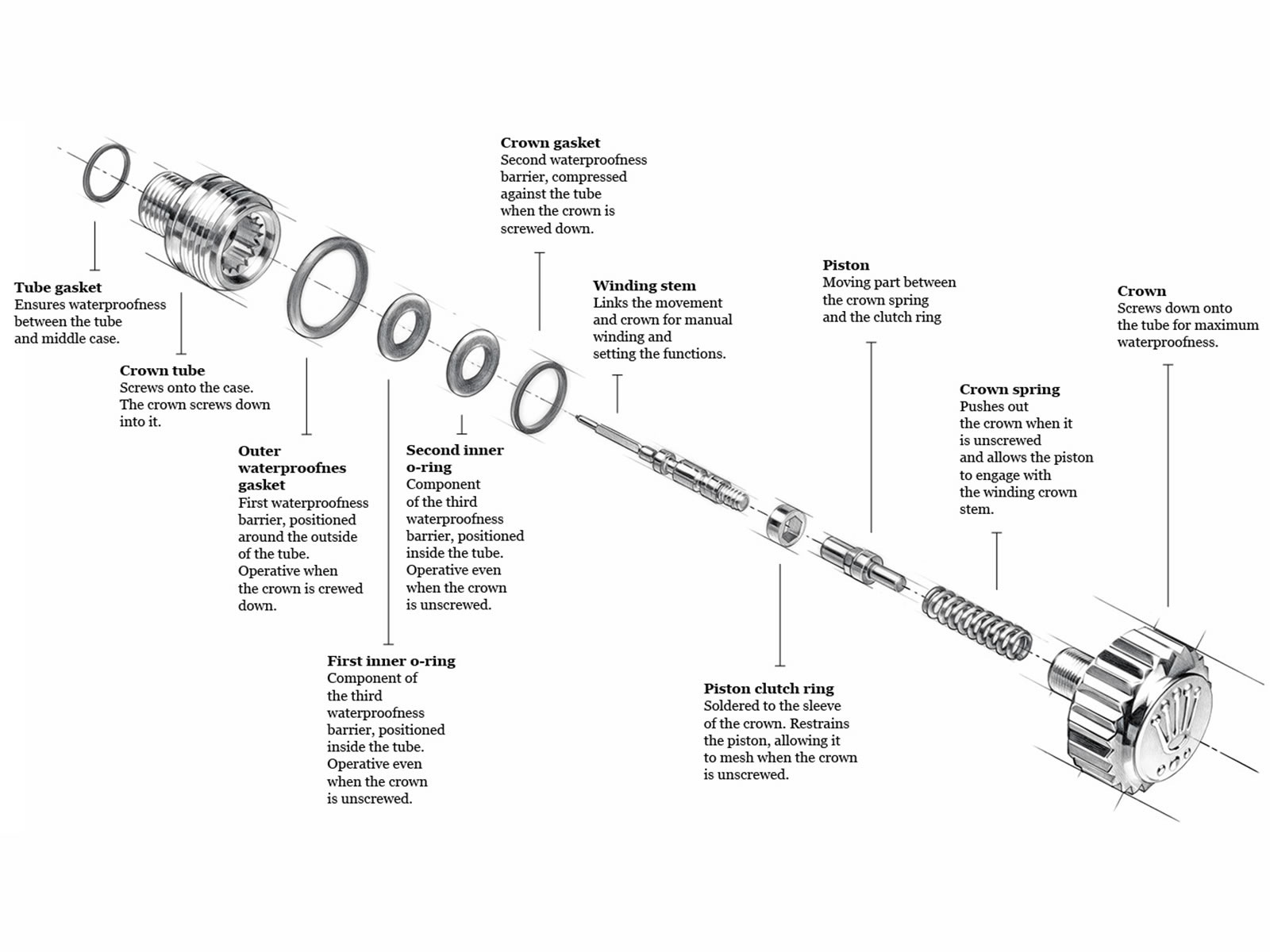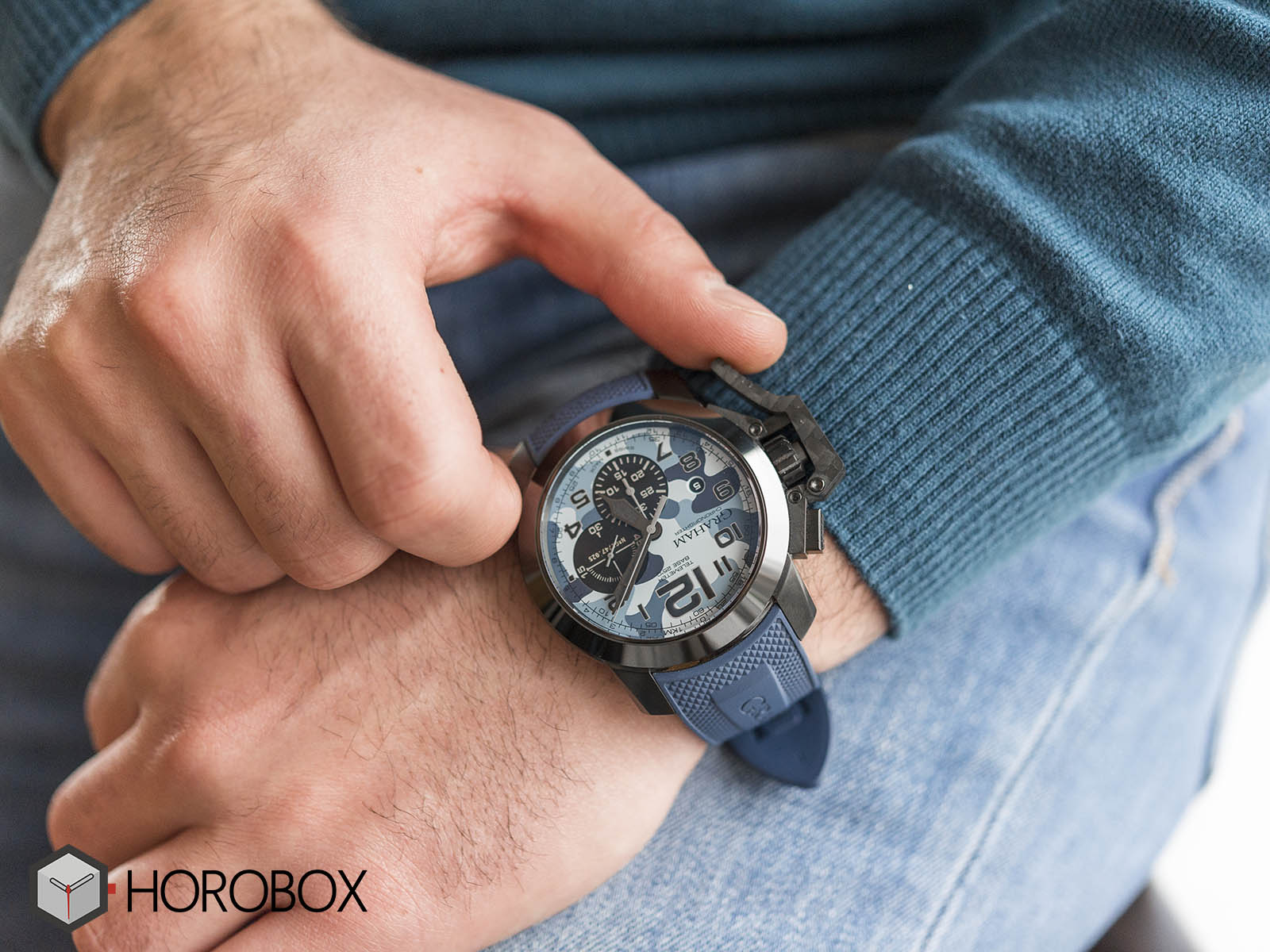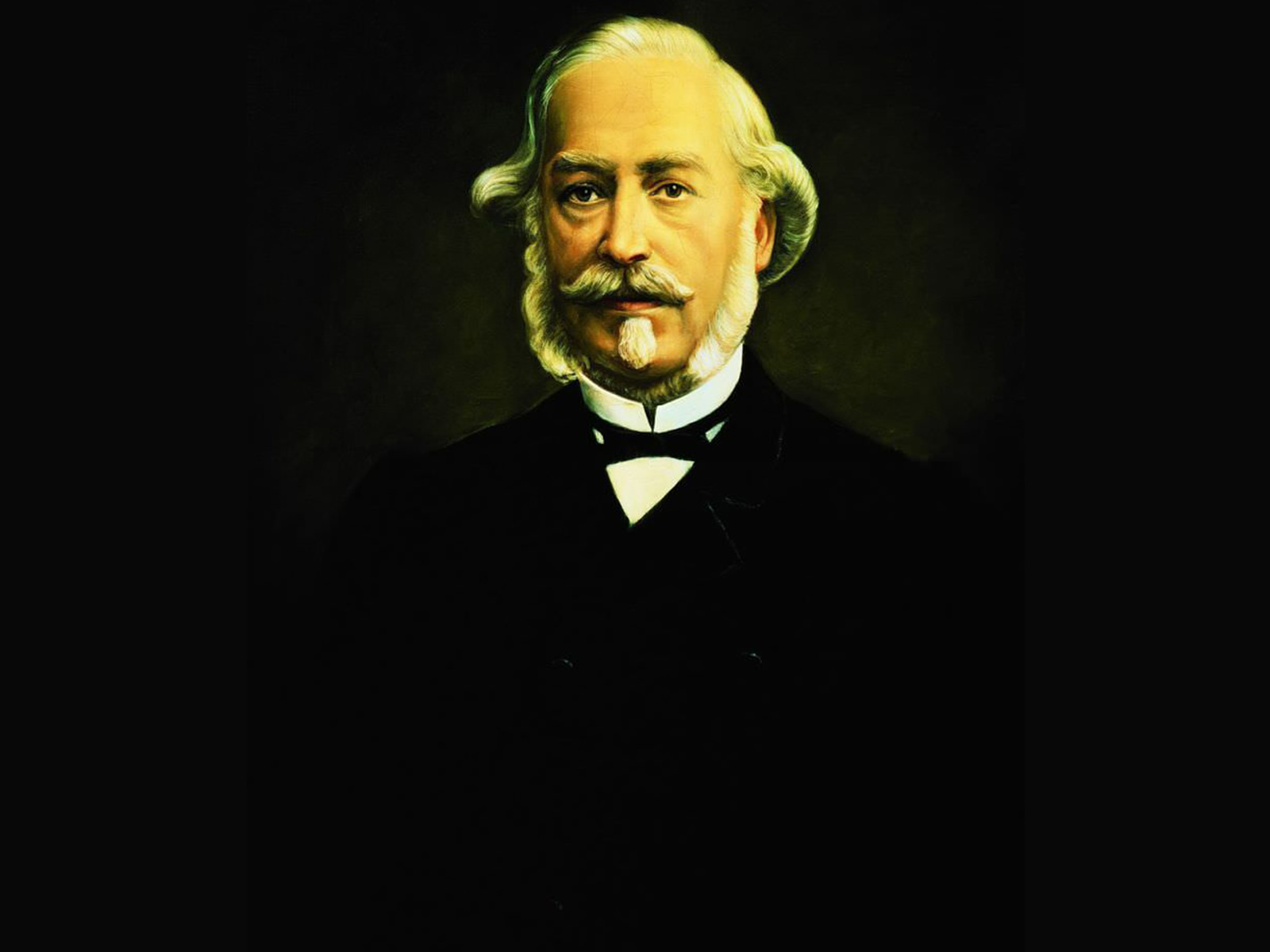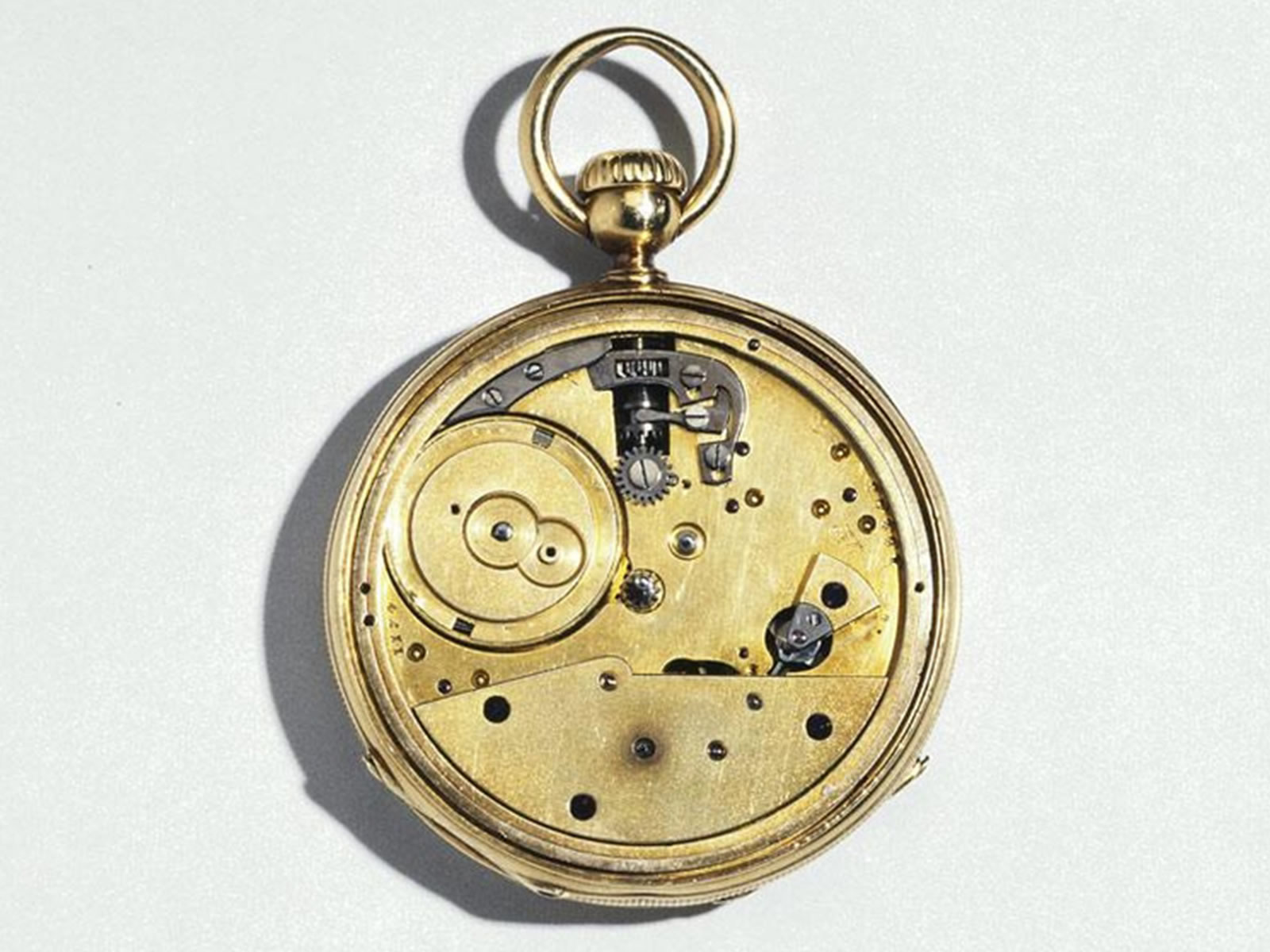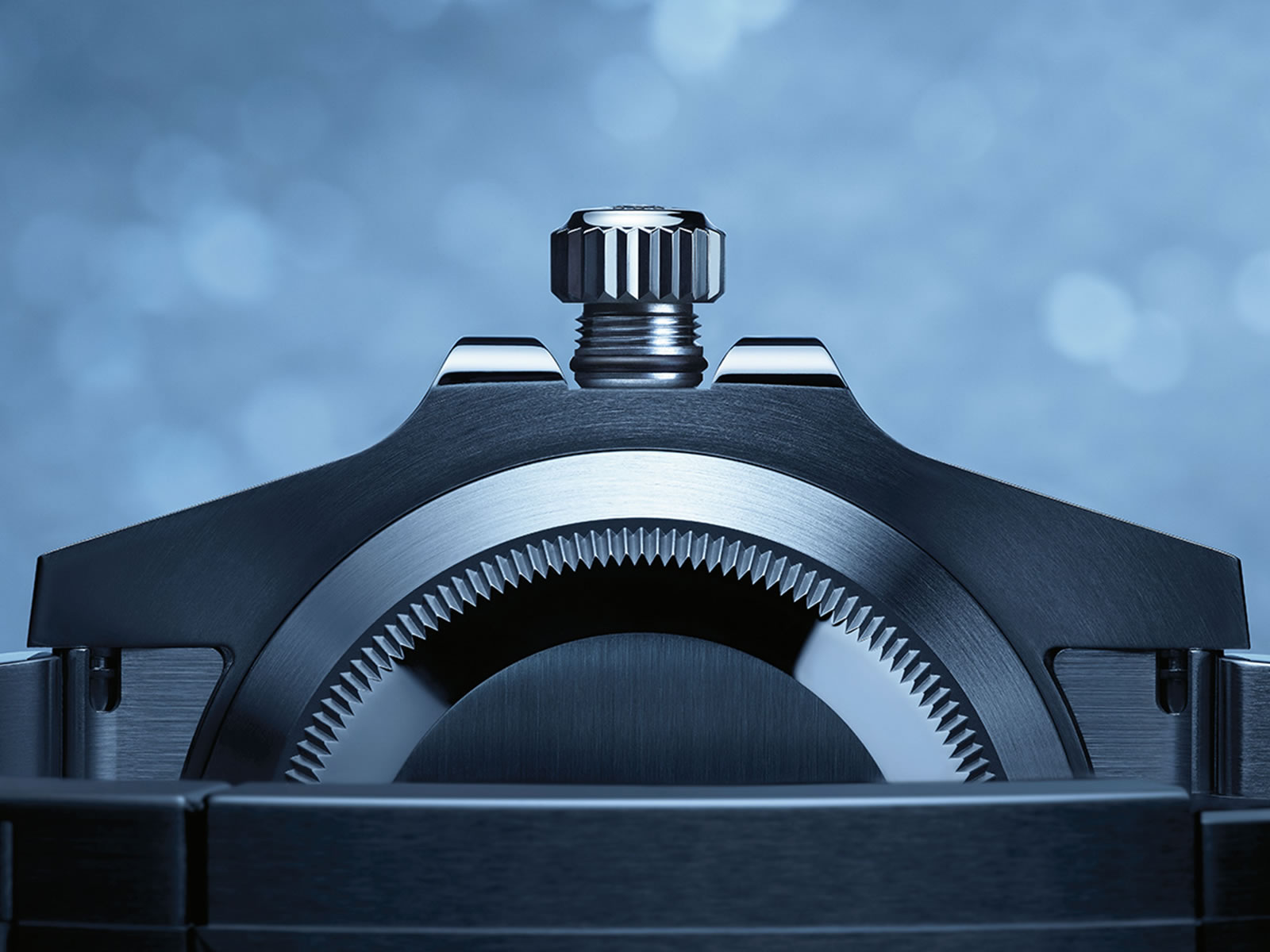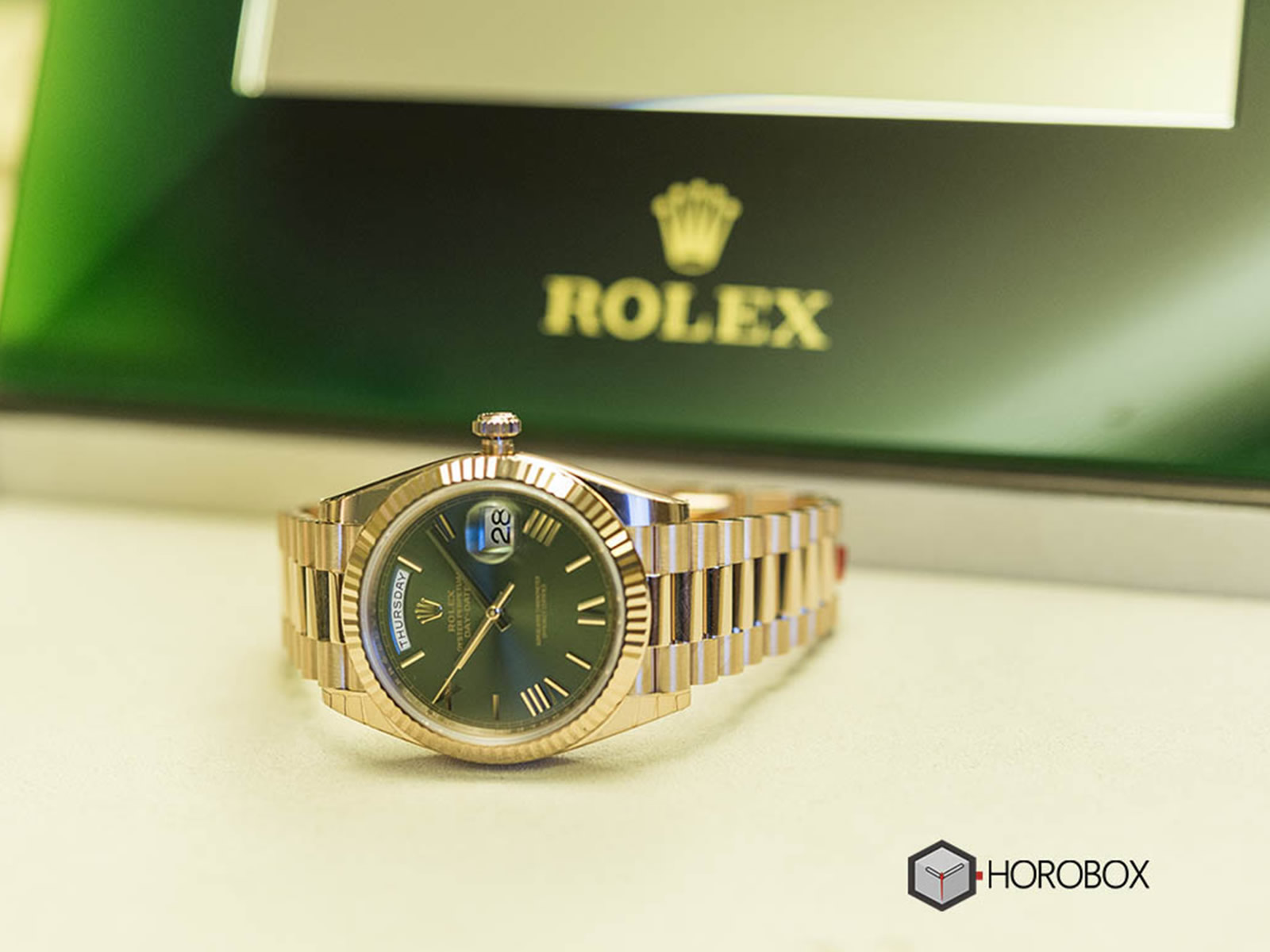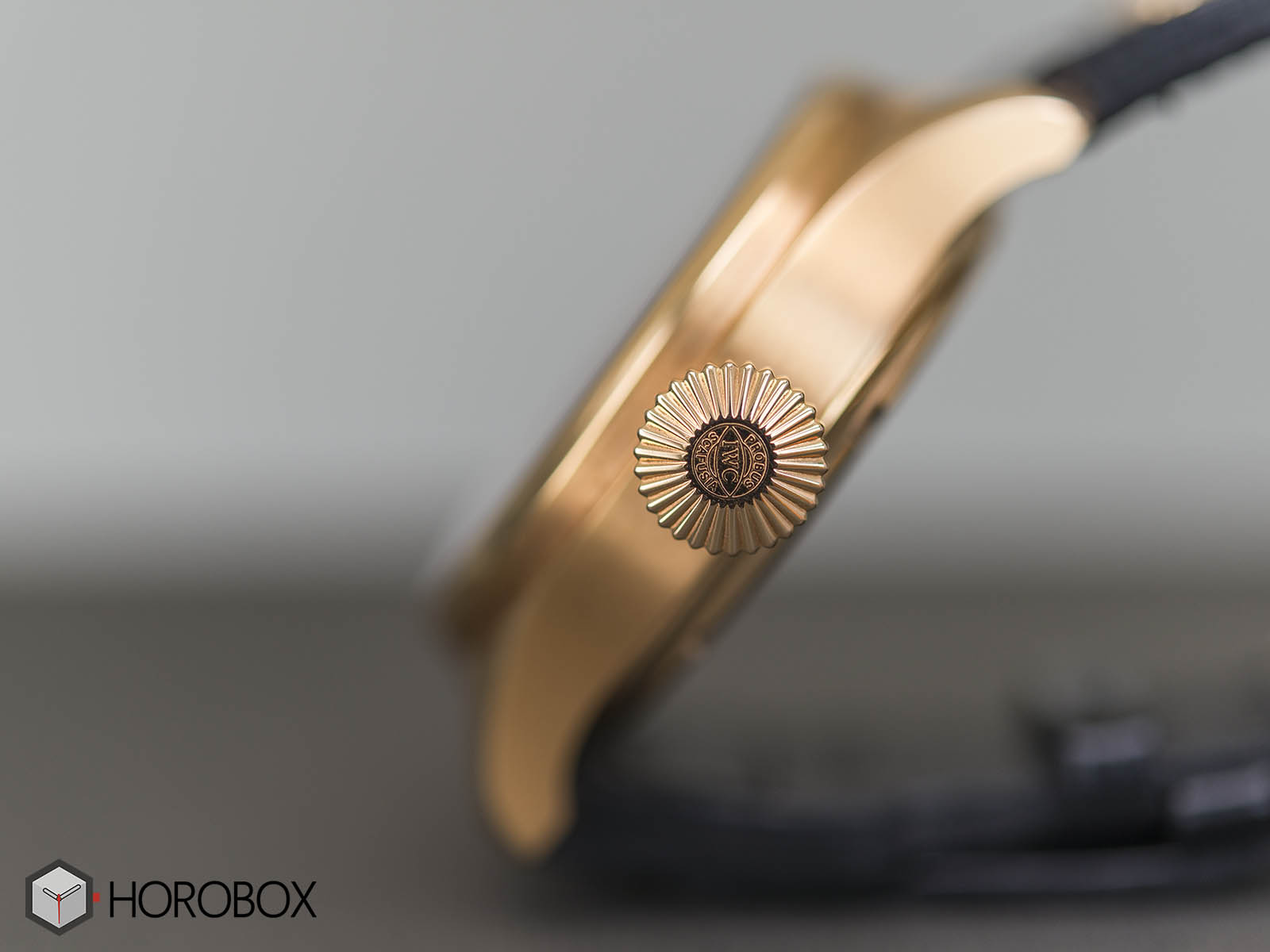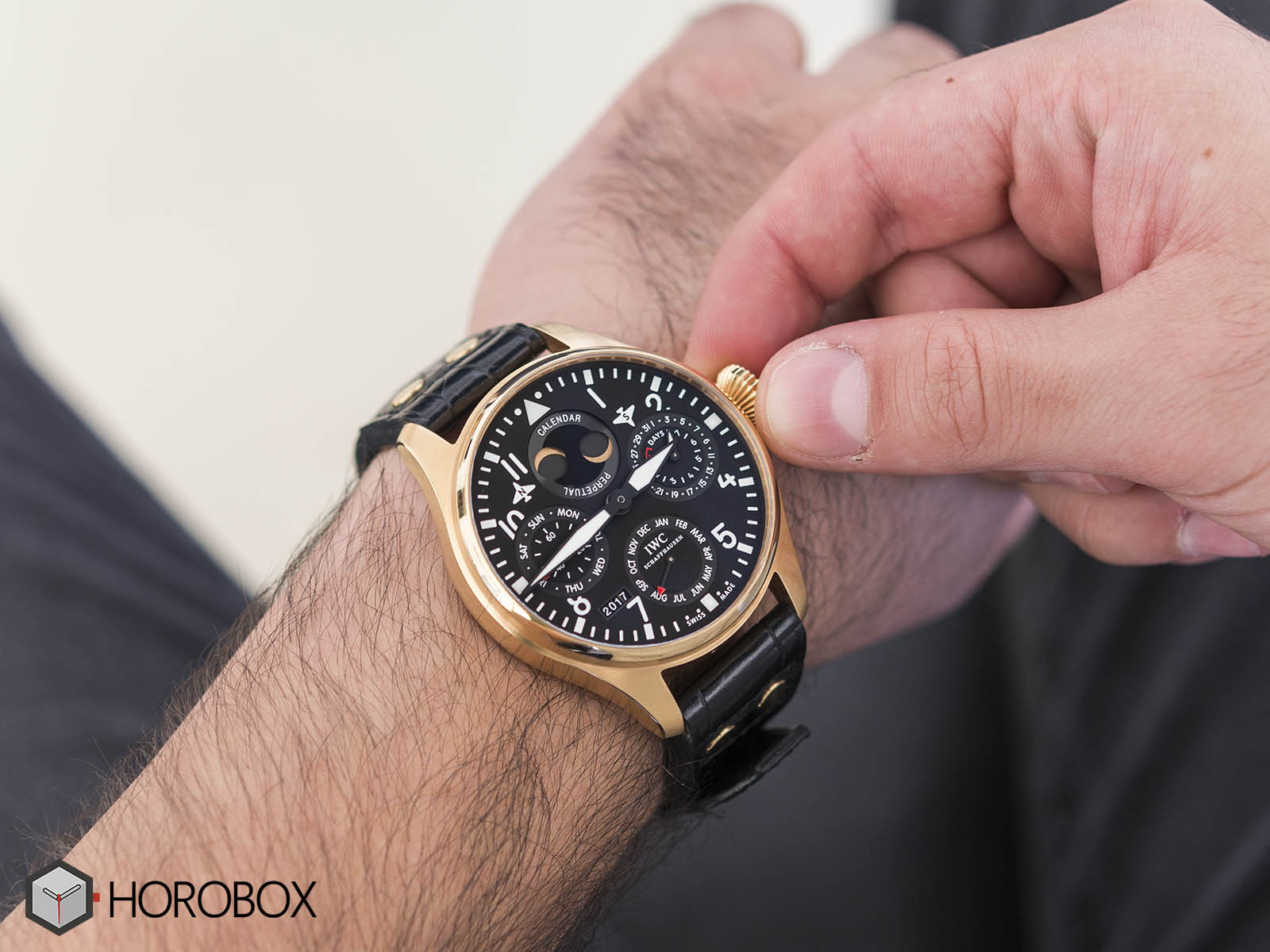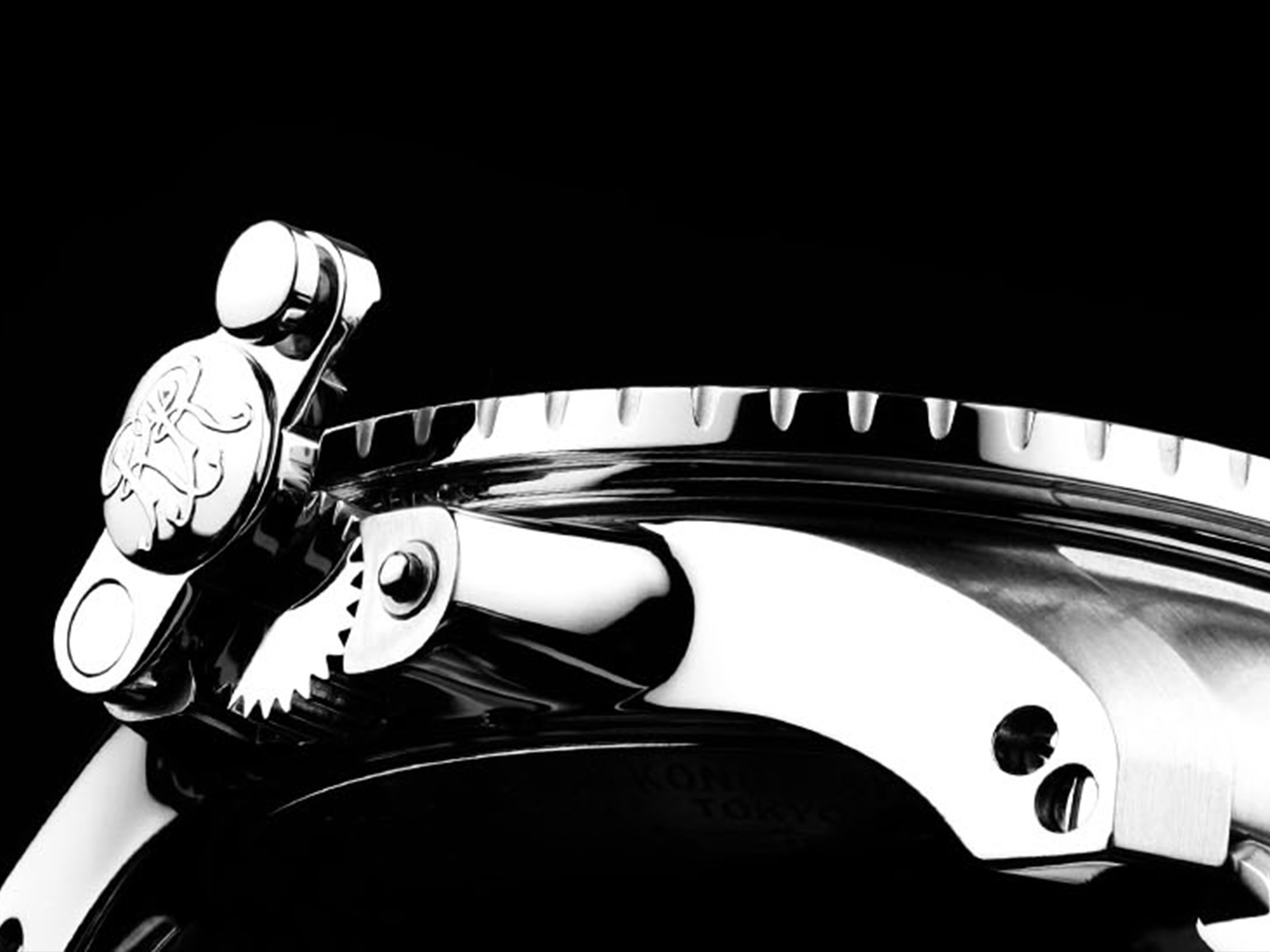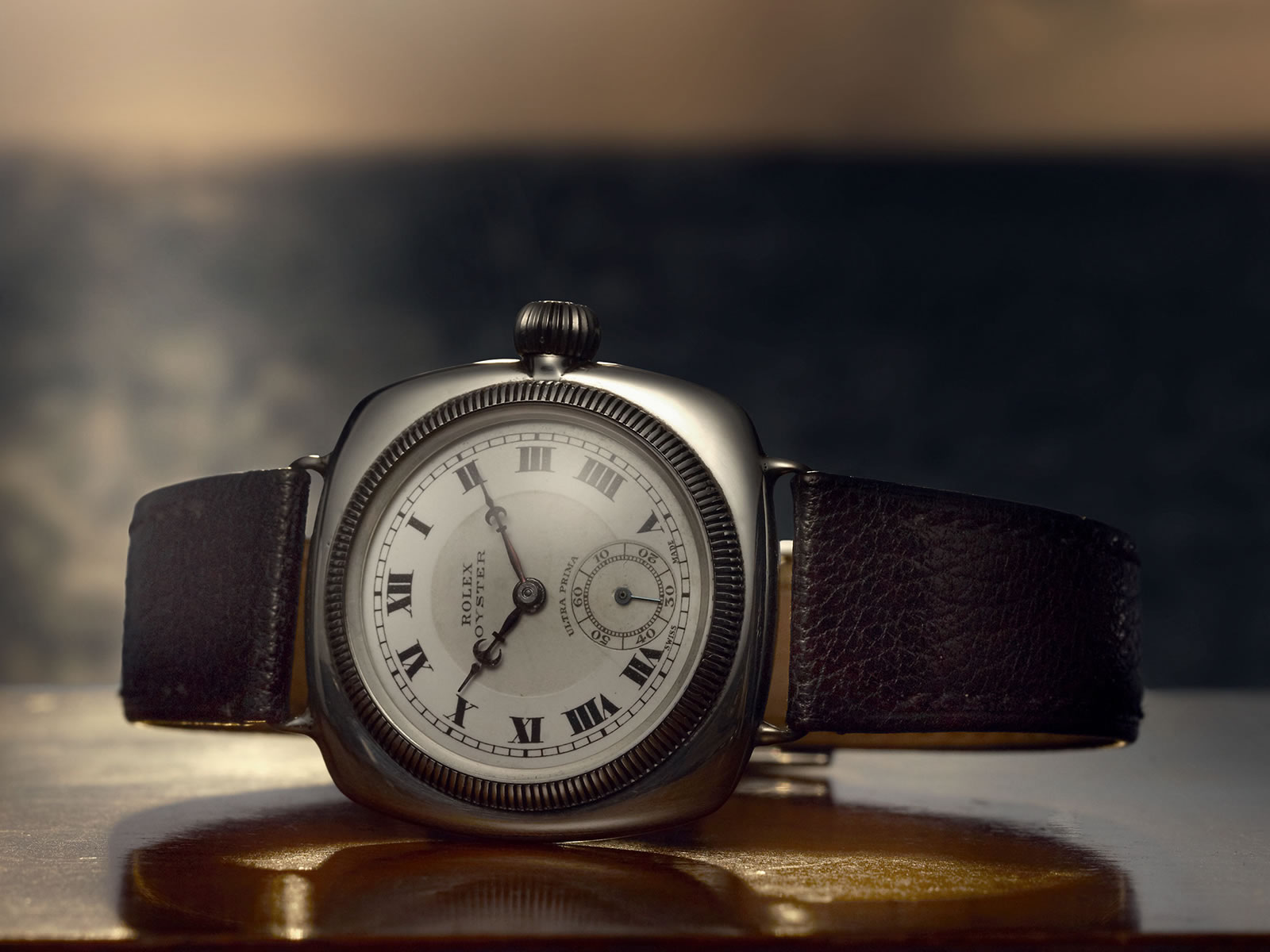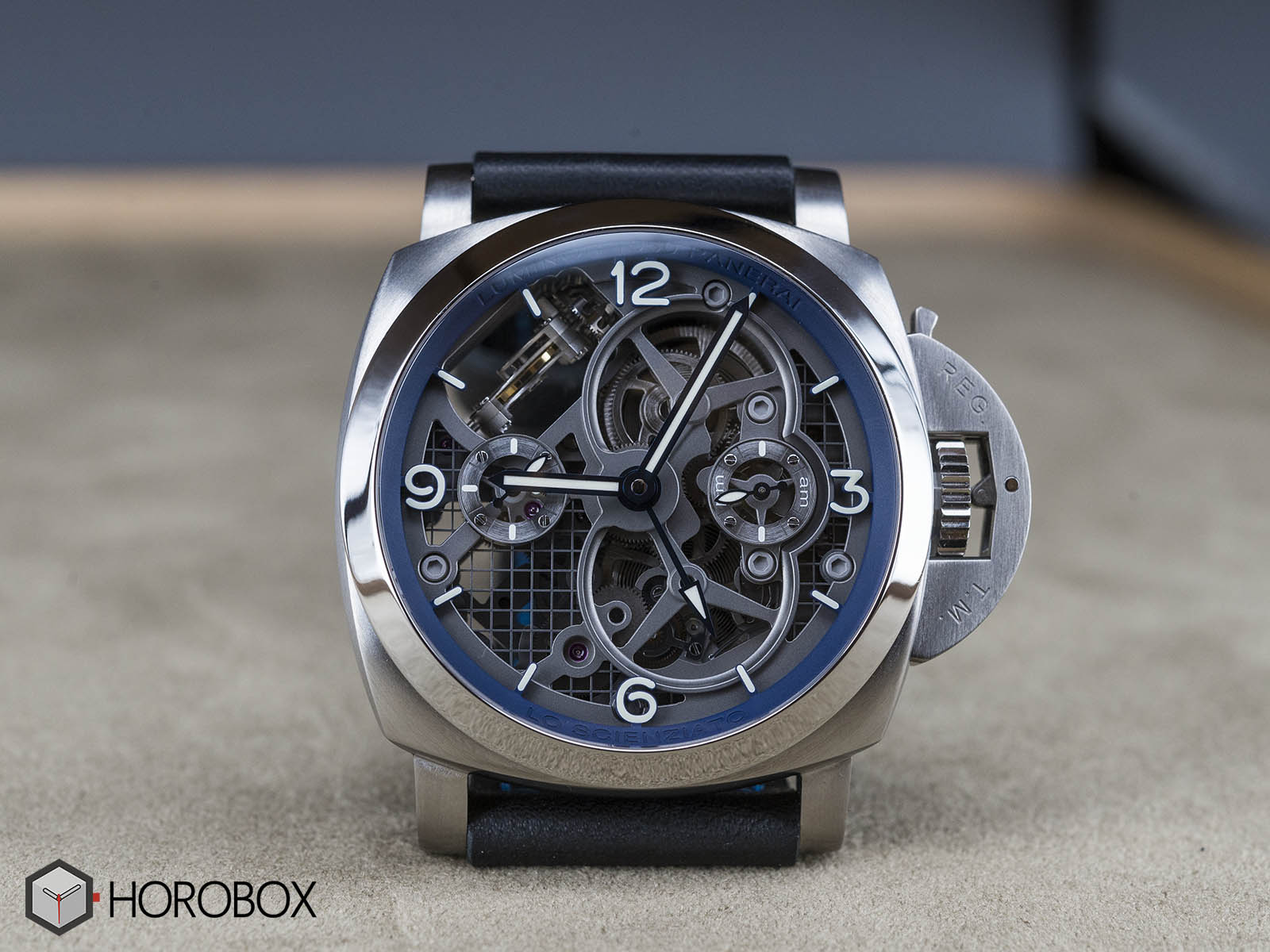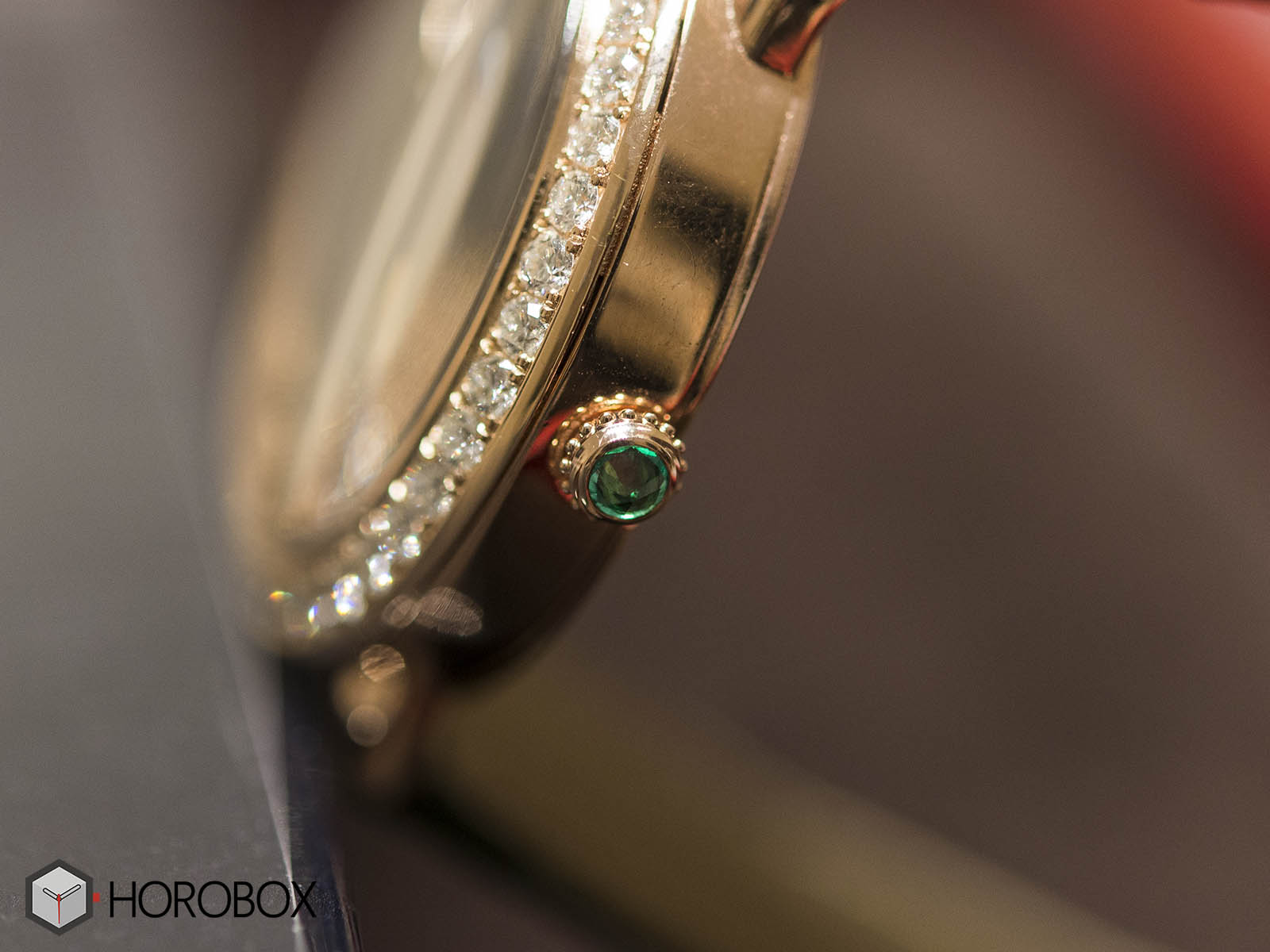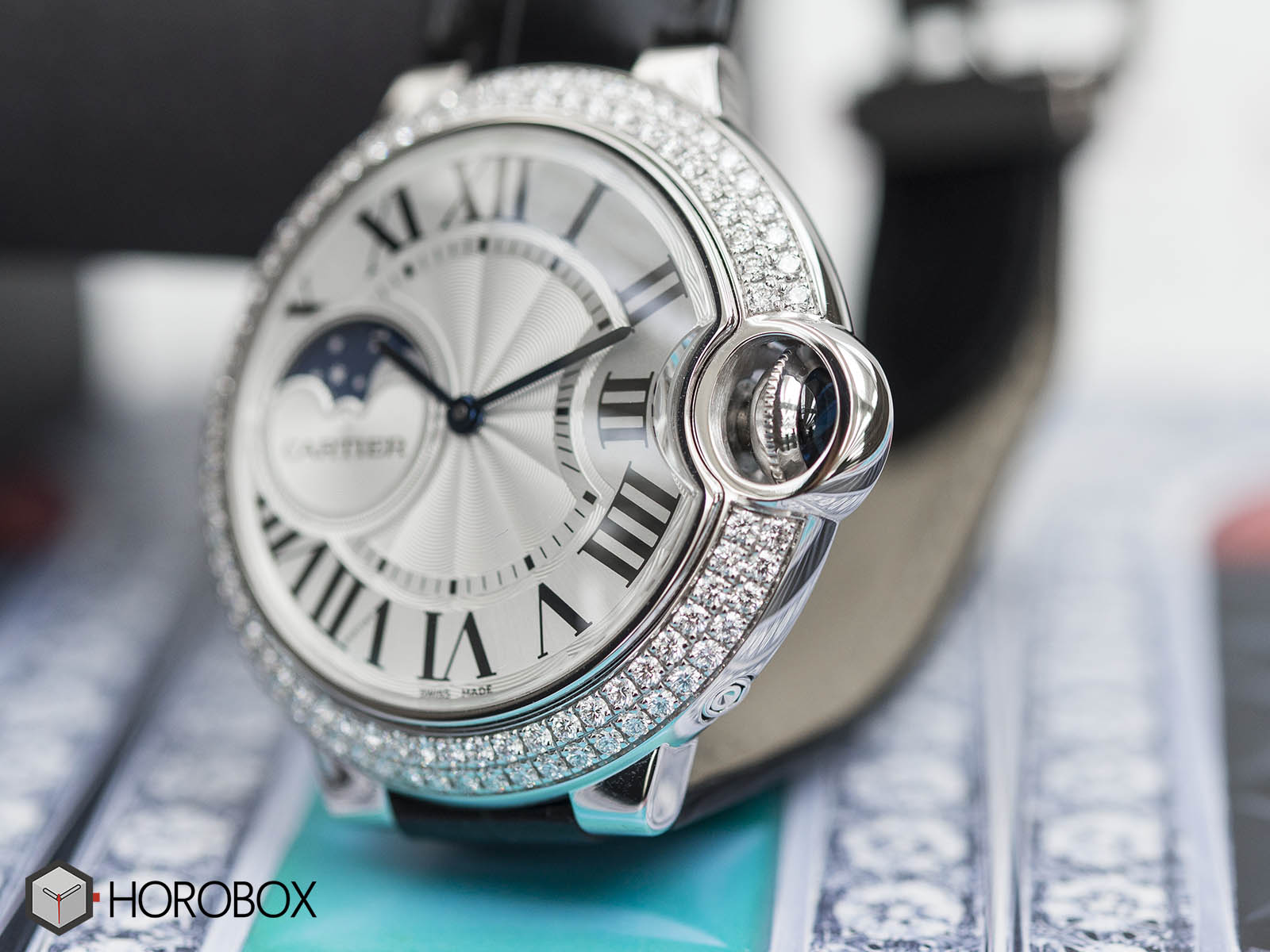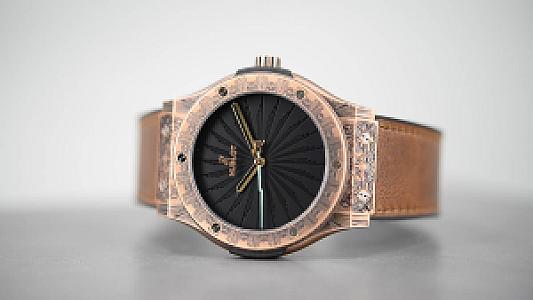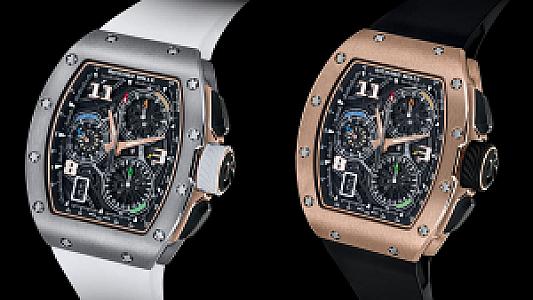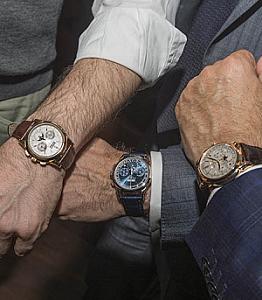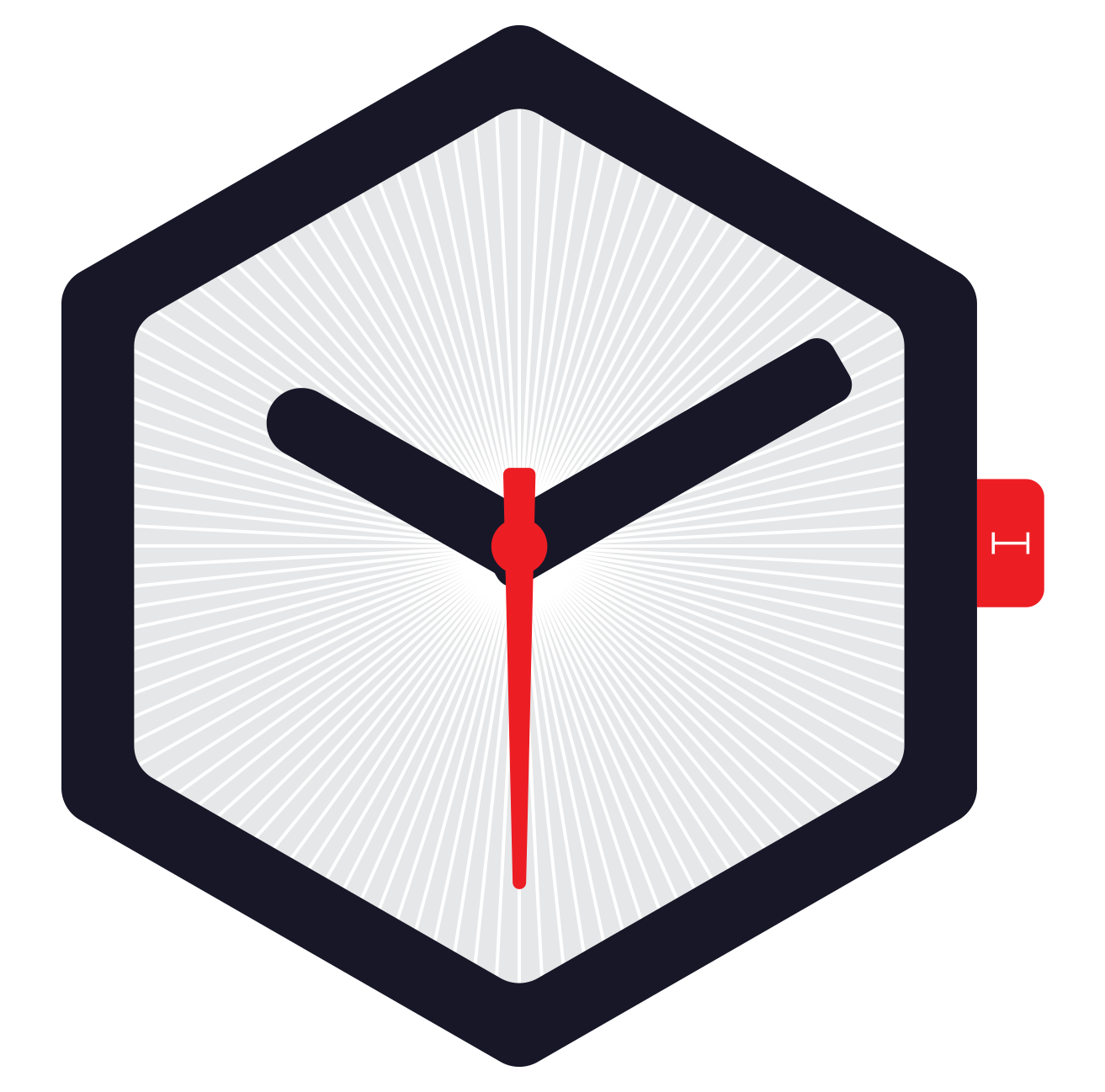
One of the most important building blocks that helped modern watchmaking to come to its present status, the winding crown is under the spotlight with its various types.
Looking through the perspective of an average watch enthusiast, we can talk about numerous criteria that trigger us to click the Buy It Now! button for our next watch. Price, function, size, brand prestige and the list goes on. However, there is one component that we do not care about much, sometimes do not think about it at all; the winding crown. Well, what makes the winding crown so important?
Winding crown is an element that has been developed in parallel with luxury watchmaking itself after the watches have become portable objects. Why is it called winding crown? The answer is very simple; the crowns applied to pocket watches were mounted to the cases horizontally with protective rings placed around them which made them look like a crown.
The winding crown has been initially developed in response to the search for a more practical and user-friendly solution than the keys used for winding the pocket watches. Developed by the French watchmaker (and also the founder of Patek Philippe) Jean Adrien Philippe in 1842, the system consisted of a device that has always been connected to the watch’s movement by means of a cam instead of the key which has been known for being prone to be lost or damaged. That new design has been adopted by all watchmakers in a short time and became one of the milestones in the history of watchmaking.
Jean Adrien Philippe
There are many types of winding crowns used in watches. It is difficult to mention all of them as some of them are either designed for concept models and/or com completely experimental purposed. However, it is possible to talk about the most commonly used types.
The features of a winding crown are designed in connection with the functions of the timepiece it will get attached to and the conditions that the watch will possibly be used in. If you are talking about a model that does not have an extra function other than hours / minutes / seconds, the crown will most probably not have more than one pull-out position. In almost all modern watches, there is the hack second feature which stops the moving second hand and allows the user to adjust the watch referring to another source easily. This feature is provided by the notches or protrusions attached to the winding crown’s cam. If the watch offers extra features like day, date, month etc., the winding crown is designed accordingly with various pull-out positions and rotating directions in order to adjust those features. One of the most successful examples in this case is the Rolex’s legendary model Day-Date and IWC Perpetual Calendar, which can control all functions with one single winding crown.
Rolex Oyster Perpetual-Day-Date (Ref. 228235)
IWC Big Pilot Perpetual Calendar 18K Red Gold Limited Edition (Ref. IW502628)
The contributions of the winding crown to today’s modern watchmaking is not limited to adjusting the functions only. Another important sub-title is undoubtedly the water resistance.
If we want to list the most important requirements that guided the history of watchmaking, we can indicate portability, accuracy and durability. The developments about durability goes back to more robust cases and Incabloc style shock-resistant designs, which are among the important steps of modern watchmaking. However, it is also useful to address the water resistance as well.
The breakthrough invention was of course the “screw-lock winding crown”. Initially offered in 1881, the invention consists of the threaded cam and a winding crown with grooves for screwing. Used for keeping the movements free of dust and others at first, the design stepped into a new age with the invention of Hans Wildorf in 1926 as Wildorf patented a spring-loaded tensioner that accompanies the winding crown together with a new type of seal that provides insulation between the case and the crown.
Hans Wilsdorf - Rolex Oyster, 1926
The introduction of O-Ring style gaskets added this game changing invention a great acceleration. Rolex, which continued its pioneering character in water resistance, deserves to have the king’s crown with its legendary Triplock Crown, which has emerged under the leadership of Wildorf and became one of the most successful winding crown designs of the industry today. However, it will not be fair to give all the credit to Rolex as there were other brands like Panerai that have offered innovative and effective solutions. Today, Officine Panerai’s unique winding crown (and crown guard) is considered as one of the signature details of the brand.
The winding crowns are offered to the likes of the users sometimes with their designs that define the watches’ characters or brand recognition and sometimes with their decorative details like precious stones or engravings. And they are among the indispensable elements of today’s watchmaking.
Today, the winding crowns do not have their importance or priority as much as they did back in early 1900s in terms of nor usage frequency neither being a soft spot for the watches. However, they still remain as the crucial criteria for many watch models. There are no extra service intervals for those little components that mostly tolerate user errors to certain levels. In other words, it is more than enough not to leave them in open position, except when necessary.
